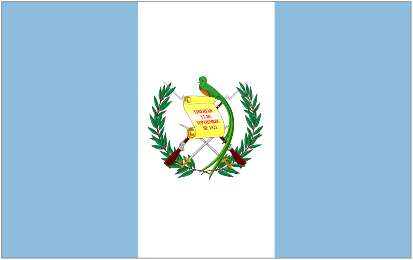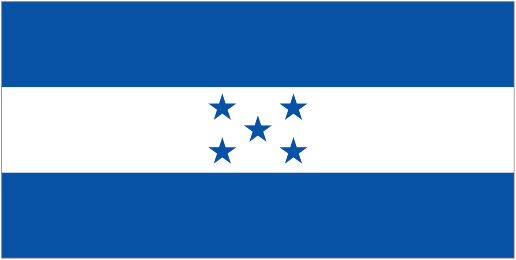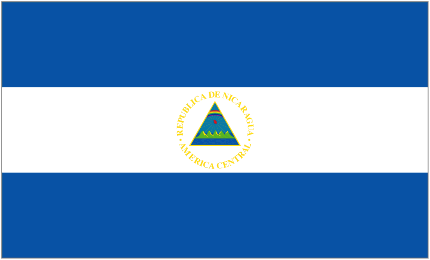September 15

After 300 years of Spanish rule, the Captaincy General of Guatemala cut ties with the Old World in a declaration of Independence on September 15, 1821. The Spanish colony consisted of what is now Guatemala, El Salvador, Honduras, Nicaragua and Costa Rica. The proclamation was made in the capital, Guatemala City, in the northwestern corner of the isthmus. But Costa Rica, in the southeast, didn’t learn of its independence until a month later.
Today the five nations celebrate their collective independence. One relatively new tradition is the Torch of Independence relay across hundreds of miles of the Pan-American highway. The relay follows the symbolic path by which word of independence was spread from Guatemala to Costa Rica. Across Central America, schoolchildren in towns and cities take part in parades and processions, dressed in traditional attire and performing regional dances.
The 5

Guatemala is the Heart of the Mayan Empire. The country’s large indigenous population speaks 23 Mayan-based languages. Guatemala Antigua was once the capital of the entire region, stretching from the southern border of Mexico down to the tip of South America. It was founded in 1542 after a mudflow from the Agua Volcano flooded the previous capital, now called “Ciudad Vieja” (Old City). In 1773, Guatemala Antigua was mostly destroyed by earthquakes, and the current city of Guatemala was built nearby.

El Salvador is the home of the late Archbishop Oscar Romero. Romero was assassinated in 1979 and though not yet a saint, is sometimes called the patron saint of the Americas. The brutal 12-year civil war that erupted following his death took the lives of an estimated 75,000 El Salvadorians.

Honduras is the only volcano-less country of the five and is the only one that is totally self-sufficient in terms of electricity. Though spared the bloodshed and violence of the civil wars that rocked its neighbors, Honduras and El Salvador clashed in the 100-hour “Soccer War” of 1969, and Honduras was used as a base and training ground for U.S.-backed forces against Nicaragua in the 1980s. In 1998 Hurricane Mitch killed 5000 Hondurans and wiped out 70% of the country’s crops.

Of the five, Nicaragua has arguably been most effected by U.S. interests, beginning in 1855—when Tennessee entrepreneur William Walker hired an army of mercenaries, overthrew the Nicaraguan government and set himself up as President—all the way up to the Iran-Contra affair of the 1980s, and the CIA mining of three Nicaraguan ports in 1984. According to the World Bank, as of 1995, Nicaragua’s per capita GDP was the same as in 1945.

Costa Rica is the only country in the Americas not to have a military, and is one of the most eco-friendly countries in the world. Covering only .03% of the earth’s land surface, Costa Rica contains 5% of the world’s biodiversity.
